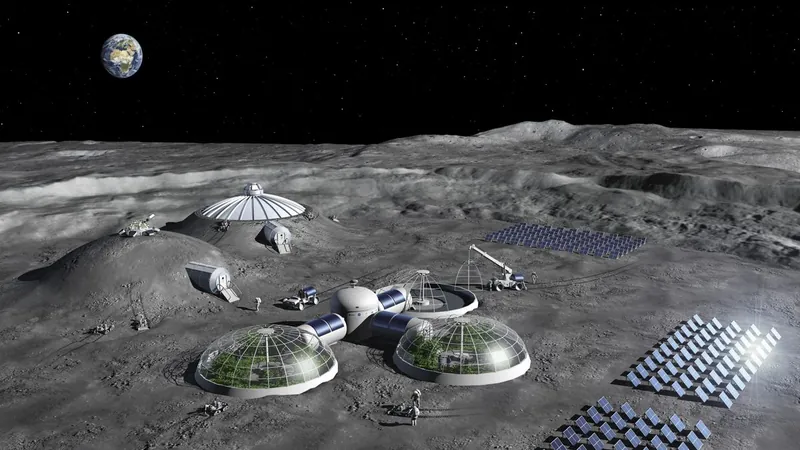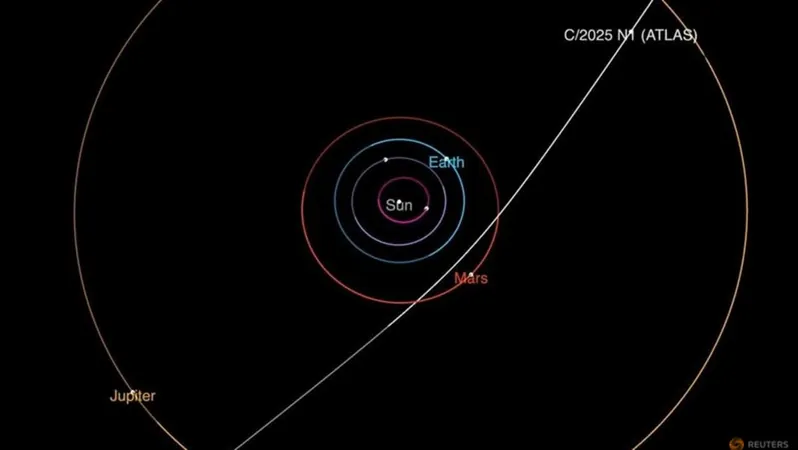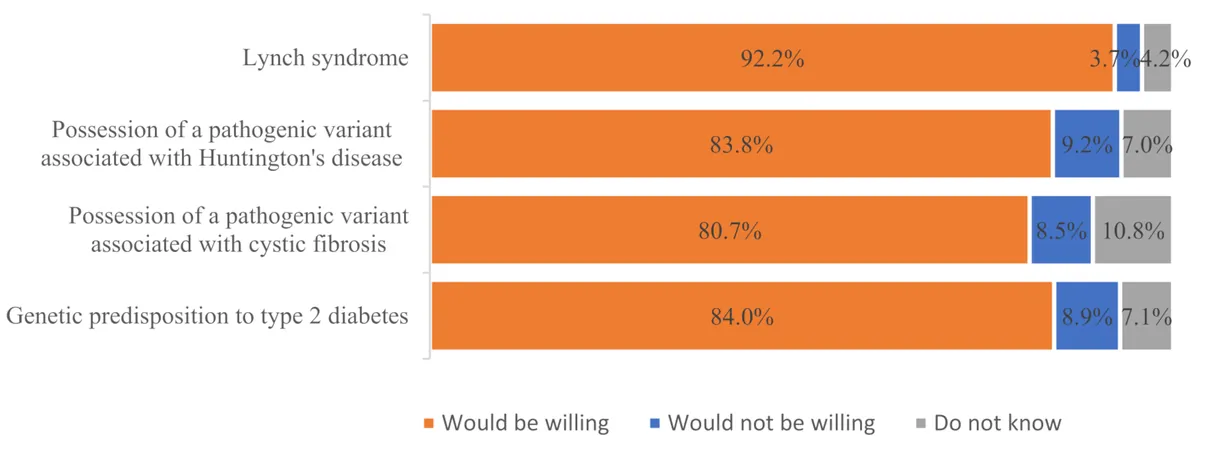
Scientists Uncover Surprising Agricultural Potential: The Moon Beats Mars for Crop Growth!
2025-01-09
Author: Siti
Introduction
In an intriguing turn of events for space colonization enthusiasts, recent experiments have revealed that growing food on the moon might be far more promising than in Mars’ challenging environment. While Elon Musk's ambitions to settle Mars capture much of the public's imagination, scientists are now suggesting that lunar settlements could face fewer agricultural hurdles.
Innovative Cultivation Methods
Historically, researchers have explored several innovative methods for cultivating crops in outer space, including hydroponics—growing plants in water—and aeroponics, where nutrients are misted from the air. These techniques, while effective, can be prohibitively expensive. Consequently, some scientists are advocating for a traditional approach by utilizing lunar and Martian soil to grow crops directly.
Soil Sample Challenges
Unfortunately, soil samples collected during the Apollo missions to the moon are compromised due to exposure to moisture. Consequently, researchers relied on artificial lunar regolith developed by Exolith Lab, a substitute based on Apollo 16 mission data. For Mars, the team utilized soil simulations informed by data from NASA's Curiosity Rover, highlighting the stark reality that genuine Martian soil remains untouched by human hands.
Research Findings
Laura Lee, a graduate research assistant at Northern Arizona University, shared compelling findings at the 2024 American Geophysical Union conference, stating, “The interesting thing is that the lunar crops grew better than the Martian ones.” This revelation challenges prior assumptions that Mars, with its nitrogen-rich soil, would be more conducive to plant growth.
Mars Soil Limitations
Despite Mars' nitrogen-rich ground, the research team observed that its soil's dense and clay-like texture limited oxygen availability to plant roots, proving a barrier to agricultural success. In an innovative twist, the scientists experimented with Milorganite—a fertilizer derived from heat-treated microbes that digest wastewater. This approach aimed to tackle waste disposal while exploring a sustainable farming model to feed astronauts.
Preliminary Findings on Fertilizer
However, preliminary findings suggest the human-wastewater fertilization strategy may not be foolproof. Corn planted in Martian soil showed only a 33.3% survival rate when fertilized with wastewater-digesting bacteria, compared to a survival rate of 58.8% when using conventional nitrogen fertilizer. This raises questions about the feasibility of relying solely on recycled astronaut waste for future farming efforts.
Current Crop Investigations
Researchers are now investigating the growth performance of different crops like broccoli, squash, beans, and alfalfa in both lunar and Martian regolith. Preliminary tests have shown promising results for alfalfa, indicating it may even serve as a potential fertilizer for future crops. However, more extensive studies are necessary, and the team has yet to explore the viability of potatoes—a significant crop for survival narratives like Andy Weir’s acclaimed novel and film, "The Martian."
Challenges on the Moon
Despite the moon's advantages, it also presents its challenges. Its lack of atmosphere makes it susceptible to asteroid impacts and solar radiation, jeopardizing any potential agricultural ventures. The moon’s weaker gravity also means that dust suspended in the atmosphere could interfere with critical machinery needed for plant growth.
Possibilities for Mars
On the other hand, the possibilities for Mars remain tantalizing. Experts from the Astera Institute and Pioneer Labs recently discussed terraforming strategies that could make the planet more habitable within a century. These strategies include introducing photosynthetic bacteria to artificially warm Mars and create the groundwork for an oxygen-rich atmosphere. This revolutionary approach aims to leap from theoretical ideas toward practical applications as technology advances.
Financial Feasibility of Terraforming Mars
A detailed plan outlining the annual cost of approximately $1 billion to initiate global warming on Mars highlights the financial feasibility compared to other methods. The ambition? To increase the planet’s temperature by one degree Celsius each year to promote plant growth effectively.
Conclusion
In summary, as we forge ahead into the cosmos, understanding the agricultural potential of both the moon and Mars is critical for human survival beyond Earth. With new research emerging, it seems that the moon may hold a surprising lead, pushing us to reconsider our strategies for interplanetary colonization. As we continue to explore the ultimate question of sustaining life beyond our planet, it’s clear that both the moon and Mars require innovative solutions to overcome their unique challenges. Could this lead us to future extraterrestrial farming success? Only time will tell!


 Brasil (PT)
Brasil (PT)
 Canada (EN)
Canada (EN)
 Chile (ES)
Chile (ES)
 Česko (CS)
Česko (CS)
 대한민국 (KO)
대한민국 (KO)
 España (ES)
España (ES)
 France (FR)
France (FR)
 Hong Kong (EN)
Hong Kong (EN)
 Italia (IT)
Italia (IT)
 日本 (JA)
日本 (JA)
 Magyarország (HU)
Magyarország (HU)
 Norge (NO)
Norge (NO)
 Polska (PL)
Polska (PL)
 Schweiz (DE)
Schweiz (DE)
 Singapore (EN)
Singapore (EN)
 Sverige (SV)
Sverige (SV)
 Suomi (FI)
Suomi (FI)
 Türkiye (TR)
Türkiye (TR)
 الإمارات العربية المتحدة (AR)
الإمارات العربية المتحدة (AR)